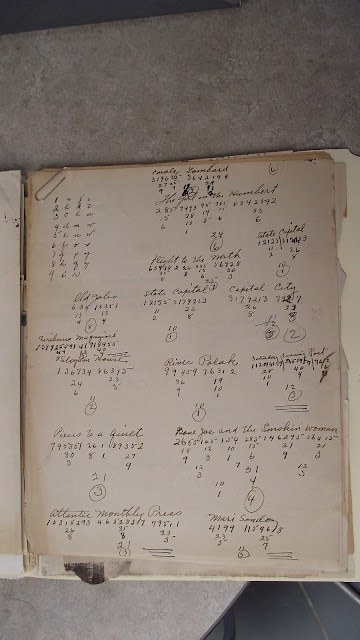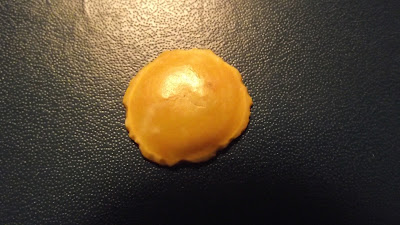I had a feeling it would be like this towards the end. The weather has conspired to give me absolute perfection. The air is as clear as could be, the temperature is agreeable, and the colours out there are vivid in the unbroken, bright sunshine.
This afternoon I walked out onto the center pivot to satisfy my curiosity as to the precise size of those bales. Each cylinder is about five feet wide, and would be a little more than that in height if you stood it up. I doubt that those dimensions are of the slightest interest to a living soul in western Nebraska
It’s for the same reason – to sound as though I know what I’m talking about – that I took a picture of the gate by which you enter the center pivot. We have all kinds of contraptions to close and secure gates at home, ranging from iron latches on a spring to a length of baling twine strung around a brick, or a 56lb weight. Believe it or not, this universal, and ingenious, device you have out here had me baffled the first time I came across it. I’ve never seen anything like it on my side of the Atlantic . I’m used to them now, but having scratched my hand on a barb now and then I still prefer, most times, to step across a fence. It helps to have long legs, and it depends how tight the wire is, of course.
Even the solar-powered deer feeder is a novelty to me, although I dare say they have something of the kind on the Scottish Highlands. I just don’t hang out with deer-hunting types back home. Can’t afford to, and probably wouldn’t like them very much. I believe they are mostly wealthy men who fly in, bag their deer, and fly back to whatever city they've come from.
I ended up walking down-river a little way. It felt a little as though I was starting on a long round of goodbyes - to certain trees, certain grasses, to a whole landscape that’s given me company and beauty these last few months. I dare say I’ll come this way again. I don’t seem to be able to avoid it. This is, if I remember correctly, my twelfth visit to Nebraska, so I'm sure there'll be a thirteenth
I’m not sure right now whether or not I’ll write any more of this blog. I have quite a bit to occupy me over the next few days. But if anything interesting happens, I’ll record it.


















































